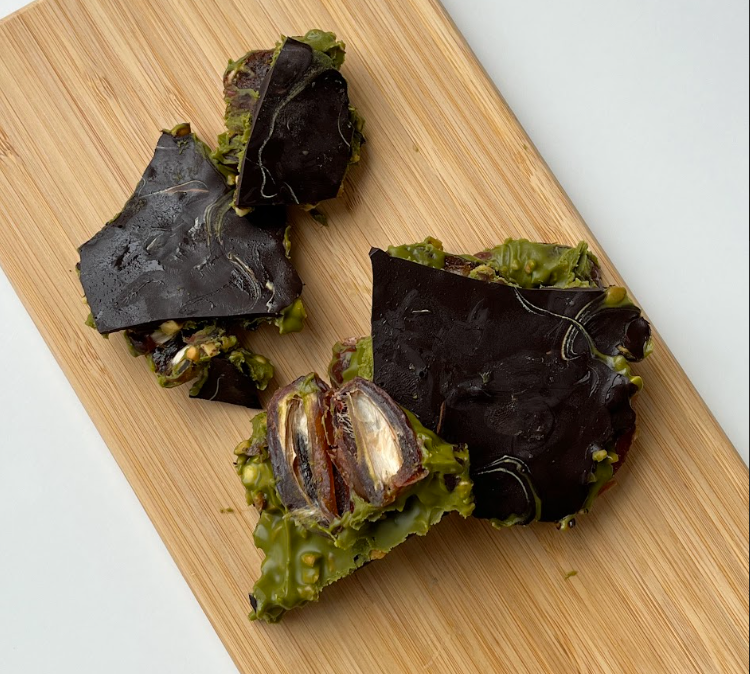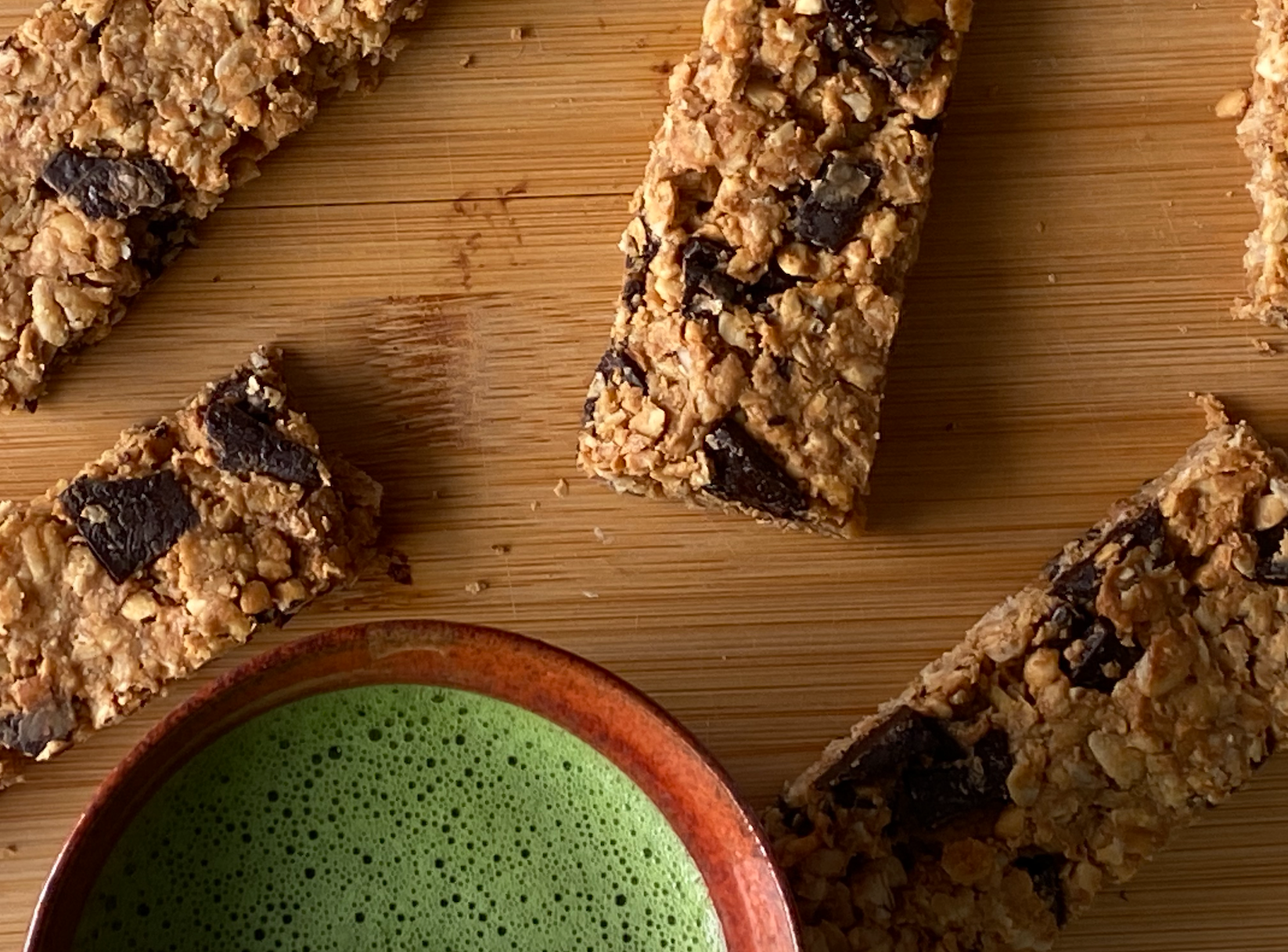Sure, you could enjoy a cup of matcha from your sofa but what if you could tune into the sacred traditions (and reap more benefits) with a matcha tea ceremony? These ceremonies, also known as chanoyu or sado, are a central part of Japanese culture and are often held to celebrate special occasions or to welcome guests.
But where do you even begin? Let us guide you through the significance and steps of performing a matcha tea ceremony, as well as highlighting the benefits of this ancient tradition.
Understanding Matcha Tea Ceremony
The origins of the matcha tea ceremony can be traced back to the 12th century, and it remains a revered part of Japanese culture to this day. At its core, a ceremony is a form of meditation and an opportunity to connect with oneself, others, and nature. Ceremonies also embody the traditional Japanese values of respect, harmony, purity, and tranquillity.
Its components are carefully chosen to enhance the experience, including the tea room, utensils, tea, and sweets. A knowledgeable host typically leads the ceremony, using specialised tools and techniques to prepare and serve the tea to guests. Ceremonial tools include:
- Fukusa (cloth)
- Usuki (tea caddy)
- Cha ire (A bowl for thick tea)
- Cha shaku (ladle)
- Cha wan (tea bowl)
- Cha sen (tea whisk)
- Cha kin (cloth)
By participating in this sacred ritual, guests can fully immerse themselves in the beauty and serenity of the Japanese tea culture.
Preparation for the Matcha Tea Ceremony
Preparing for a matcha tea ceremony is an important step since it revolves around the finer aesthetic details. And while the ceremony will look beautiful if the host takes care of the preparation, it encourages guests to be mindful and appreciate the setting.
The first step: set the mood of the tea room which should be clean and simple with minimal decorations. Natural elements such as flowers or a bonsai tree can also be added to the room to create a peaceful atmosphere.
The second step: select the utensils which include a tea bowl, tea whisk, tea scoop, and cloth. These utensils should be made from natural materials such as bamboo, wood, or clay.
The third step: prepare the tea room by arranging the utensils and placing a kettle of hot water and a bowl of matcha powder nearby.
Steps to Perform Matcha Tea Ceremony
So as you now know, the art of matcha tea-making is not just about brewing a delicious cup of tea. It's an ancient Japanese tradition that honours mindfulness, beauty, and hospitality. This next part of the ceremony involves presenting matcha in a serene environment in which every movement, gesture, and sound has meaning and is carefully choreographed to create a moment of harmony and connection between the host and guest.
The first step: the ceremony typically begins with welcoming guests and serving them sweets to prepare them for the tea. The rituals don’t only apply to the host but guests will be expected to follow ceremonial etiquette such as bowing upon entrance, respecting the meditative environment, and being seated in order of ceremony experience.
The second step: utensils are to be cleaned and arranged in a specific order. The cleansing of the tools represents the purification of the guests’ souls.
The third step: the tea is then prepared by scooping the matcha powder into the tea bowl, followed by hot water to dissolve the powder which is then whisked into a frothy consistency. The matcha can be thick or thin in Japanese tea ceremonies and the consistency will depend on how formal the ceremony is.
The fourth step: tea is then served to the guests with the front of the cup facing towards them. Guests will take the cup with their right hand and place it into the left and sip while savouring the taste and experience. The cup should be turned clockwise once finished followed by a bow to express gratitude.
Benefits of Matcha Tea Ceremony
Beyond its delicious taste, the matcha tea ceremony offers numerous benefits that promote mindfulness, relaxation, and health. The ceremony provides an opportunity to slow down and appreciate the present moment, allowing participants to practise mindfulness and find a moment of peace in their busy lives.
The tea and utensils used in the ceremony are often made using natural materials, such as bamboo and clay, connecting participants with nature and promoting a sense of harmony with the environment.
In addition to the ceremony's meditative benefits, matcha tea is also known for its high concentration of antioxidants, vitamins, and minerals, making it a healthy beverage choice. The antioxidants found in matcha tea can help protect against cell damage and inflammation, while the caffeine and L-theanine content can provide a calm yet focused state of mind.
A matcha tea ceremony is a beautiful and unique experience
In conclusion, the matcha tea ceremony is a beautiful and unique experience that offers numerous benefits to those who participate. The ceremony is steeped in tradition and provides an opportunity to connect with oneself, others, and nature. The preparation and serving of the tea using traditional utensils is a ritualistic and meditative practice that promotes mindfulness, relaxation, and good health.
If you're interested in trying the matcha tea ceremony for yourself, our shop offers ceremonial-grade matcha that is perfect for this special occasion. With our high-quality matcha powder and traditional utensils, you can experience the magic of matcha firsthand and fully immerse yourself in the beauty and serenity of this ancient Japanese tradition.




Japanese Matcha versus Chinese Matcha: what's the difference?
White Chocolate Coated Strawberries with Matcha, a Gourmet Delight